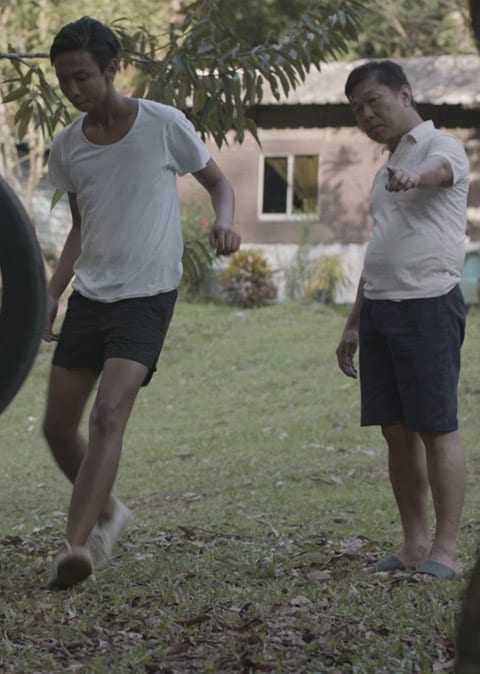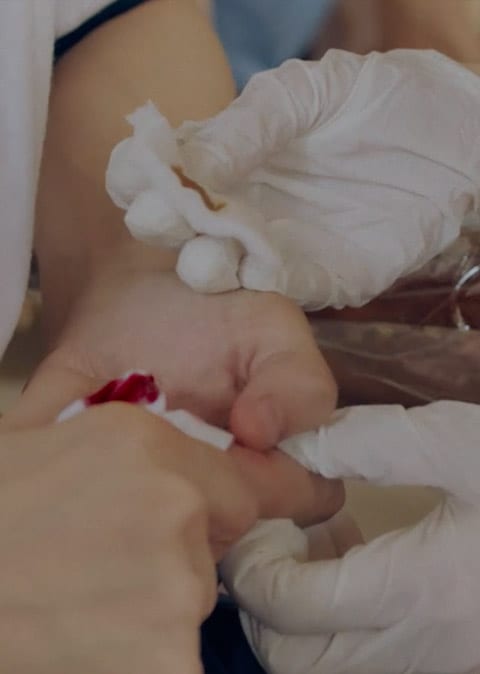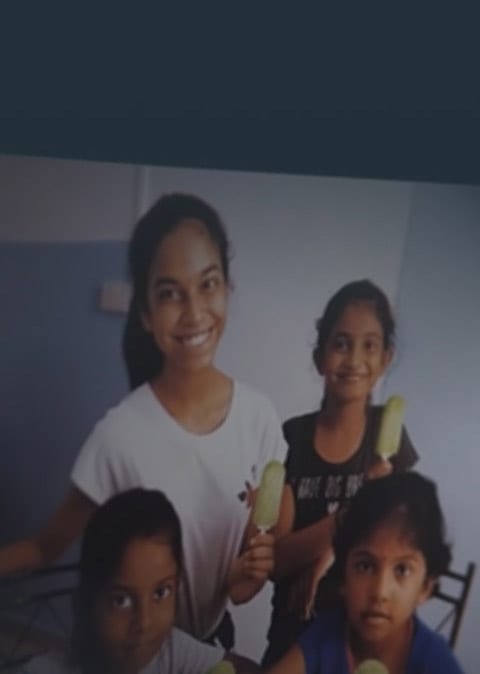Since 2000, NVPC has tracked trends in Singapore’s giving culture. Based on a nationally representative sample of 1,951 respondents, combined with focus groups conducted with 112 participants, the National Giving Study 2023 reports on the latest developments in how much, how often, and in what ways Singaporeans give, as well as what drives and holds back their giving behaviour.
The onset of the pandemic was accompanied by a drop in the proportion of people volunteering and donating, reflected in our 2021 survey. Since then, our findings show that the proportion of people volunteering has rebounded to around its 2018 level, and is now at 30%. The proportion of people donating, on the other hand, has not changed significantly since 2021, and is now at 62%.
Despite the recovery of volunteering and the stable proportion of people donating, we find that people are volunteering fewer hours and donating less money on average. Median hours volunteered decreased in each of the last three rounds of this study, declining from 24 hours in 2018 to 9.43 hours in 2023. Median amount donated increased from $100 in 2018 to $200 in 2021, but decreased again to $100 in 2023.
These trends may reflect a feeling of financial and time pressures, as the global economic climate becomes more uncertain. We find that both perceived and actual financial constraints, as well as time constraints, were major barriers to giving. Young people in particular were sensitive to time constraints; and while older age groups volunteered more regularly and for longer periods of time, older people were also more likely to donate than the young. Thus, we argue that economic pressures may be felt particularly acutely by younger age groups.
In response, younger Singaporeans in particular have expanded their participation in new and alternative ways of giving—from online fundraising to micro-volunteering and civic participation—which enable giving while requiring smaller time and monetary commitments.
We also investigated a number of drivers and barriers to giving. We found that while many people say that volunteering and making donations might benefit them in various ways, perceiving giving as an altruistic act was the clearest actual predictor of giving. Similarly, the single most important aspect of the volunteer experience when predicting volunteering frequency was whether volunteers could see that their work made a difference. On the basis of this evidence, and the psychological theory of motivation crowding, we argue that framing giving as an altruistic act may be the best way to motivate people to give.
We find, too, that people who remember giving as a child are more likely to give today—including seniors who recall childhood giving from when they were growing up. While the evidence we have is not yet enough to show conclusively whether childhood giving indeed establishes a lifelong habit, we call for further exploration of how childhood giving programmes might be designed to serve this purpose.
Those with an interest in social issues are also more likely to give more often. We suggest that media tie-ins with giving opportunities can capitalise on this effect to link awareness with action.
Religion, too, plays an important role in giving in our vibrant multireligious society. We show that for religious believers, an active participation in religious life is a strong predictor of frequent giving behaviour. This presents an opportunity to explore what such communities can teach us about secular giving—including the possibility that tightly-knit communities, such as school alumni groups or sports clubs, might hold the potential to strengthen our giving culture.
Finally, we show that trust is a key barrier to giving, especially donation. Our focus group participants repeatedly raised concerns about donation scams, and our survey evidence shows that trust in charities, as well as trust in others outside one’s social circle, is a clear predictor of whether people give. We suggest that working to increase public confidence in the non-profit sector is an important avenue to overcome this issue.
Overall, our 2023 study shows a mixed picture. While volunteering has rebounded since the beginning of the pandemic, and the number of people donating has remained stable, people have cut back on the hours they volunteer and the amount they donate. People in Singapore continue to experiment with new and innovative forms of giving. Most crucially, they are most motivated to give if they perceive giving as an altruistic act—showing a genuine desire to help others. If this public-spirited motivation can be harnessed, we can achieve a truly flourishing culture of giving in Singapore over time.



















